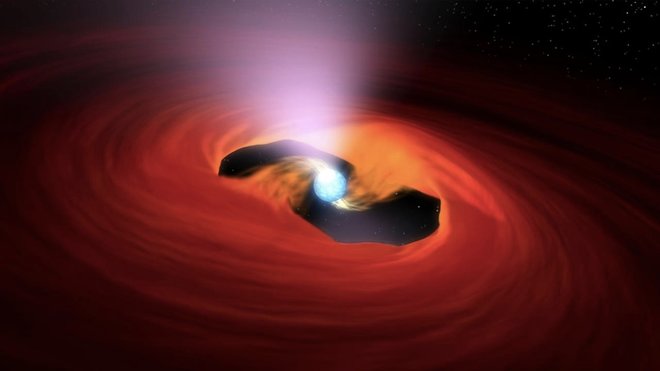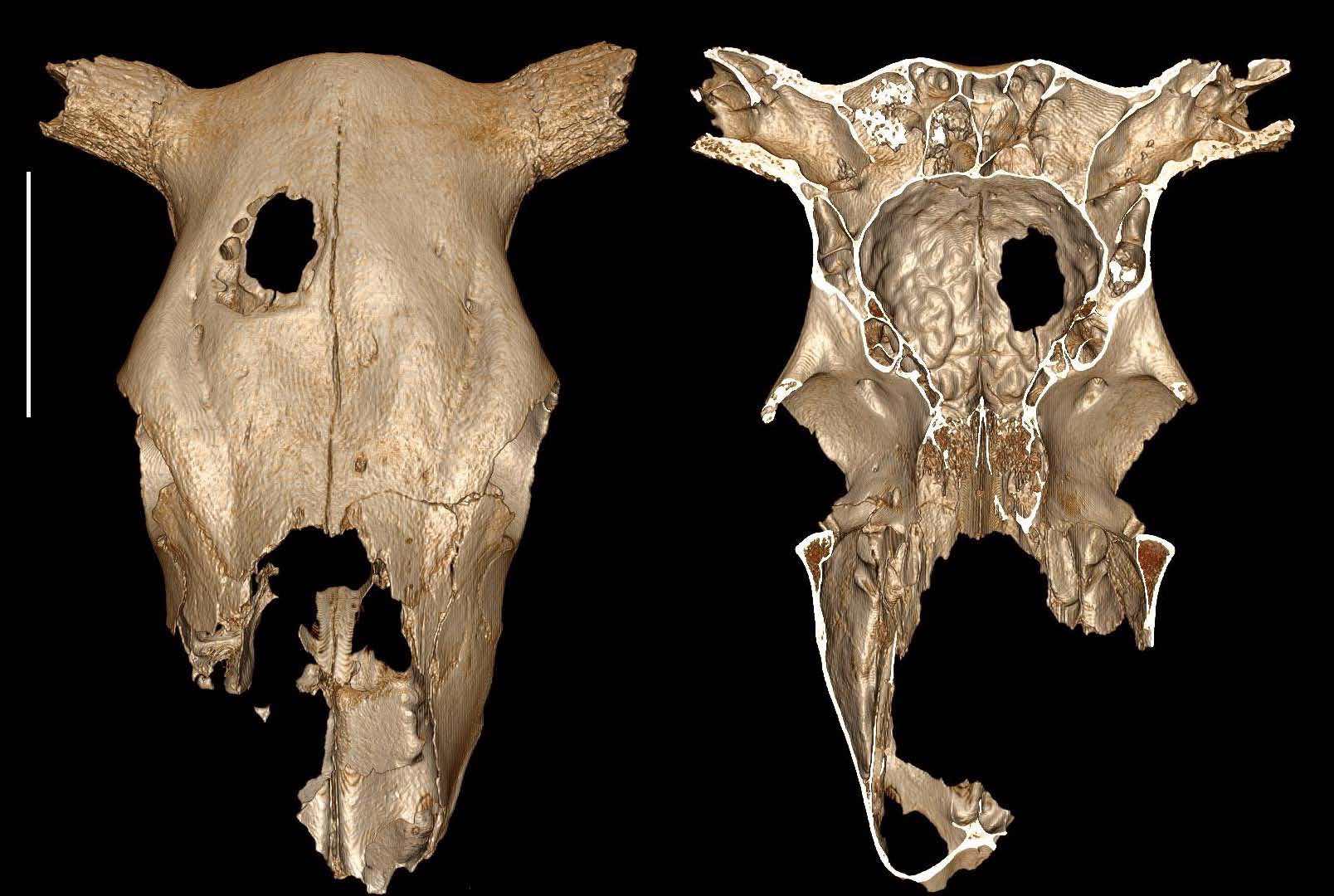
Strongest material in universe? The physics at work inside a neutron star can be mind-bogglingly complex. The neutrons that are well-understood in the rest of the universe do strange things when exposed to such incredible pressure. A new analysis of this so-called “nuclear pasta” suggests matter inside a neutron star is the strongest material in the universe.
A neutron star is the dead husk of a star more massive than the sun, but not large enough to become a black hole upon its demise. These stars are between 10 and 29 solar masses during their active lifetime. When they exhaust their nuclear fuel and go supernova, all that’s left is the ultra-dense collapsed core. We call that a neutron star.
The wild physics inside a neutron star are down to the incredible mass packed into such a small space. A neutron star might have twice the mass of our sun packed into an object just a few miles across. The crush of gravity contorts and squeezes neutrons into unusual configurations, based on the models developed by scientists studying neutron stars.
Scientists currently believe that neutron stars have layers characterized by different configurations of distorted neutron matter. For whatever reason, researchers have decided to name the various structures after pasta. Near the surface there’s gnocchi, which are round bubble-like neutrons. Go a bit deeper, and the pressure forces neutrons into long tubes called spaghetti. Go further down, and you have sheets of neutrons called lasagna. That’s just the start of the Italian-inspired interior of neutron stars.
Since we can’t directly observe the interior of a neutron star, a team of researchers from McGill University, Indiana University, and the California Institute of Technology developed a new computer model to predict the properties of nuclear pasta. The models pushed nuclear pasta to the limits of physics over more than 2 million hours of processor time. The result is strong evidence that the neutrons contain the strongest materials in the universe.
According to the models, the density of nuclear pasta makes it 10 billion times stronger than steel. That’s far and away the most durable material in the known universe. The simulations also suggest that the instability of nuclear pasta could result in gravitational waves, which have only been confirmed in cataclysmic events like the collision of two black holes. If astronomers can detect these subtle gravity vibrations, it could help verify the accuracy of the model. That instability also means there’s no practical use for ultra-strong nuclear pasta. It simply can’t exist outside the crushing pressure of a neutron star.













